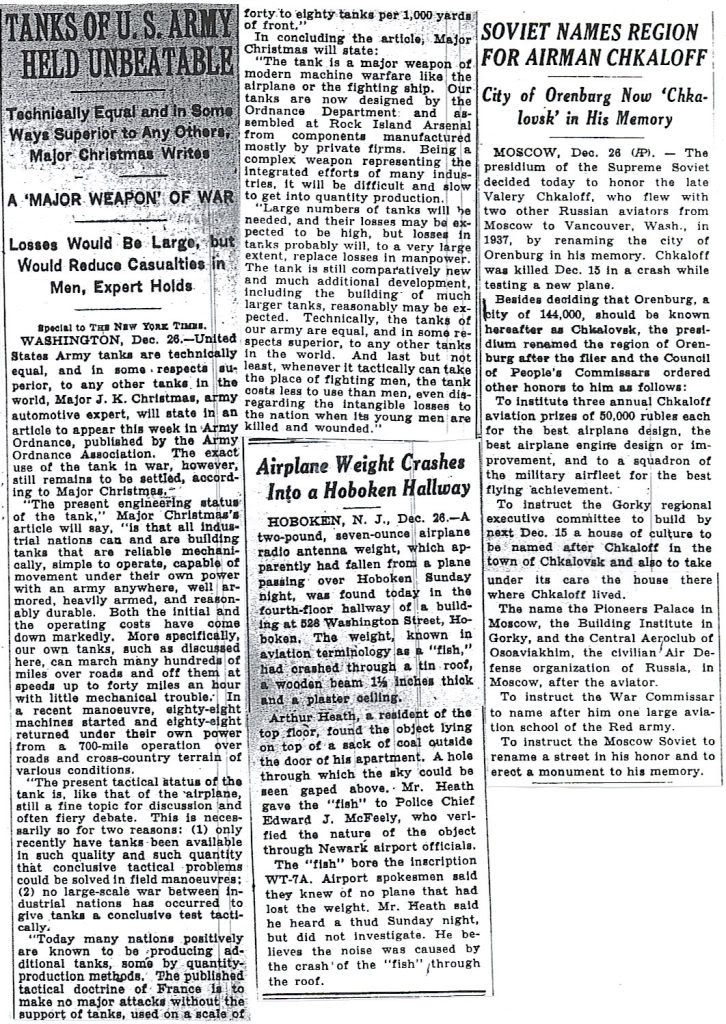
Posted on 12/27/2008 6:44:15 AM PST by Homer_J_Simpson

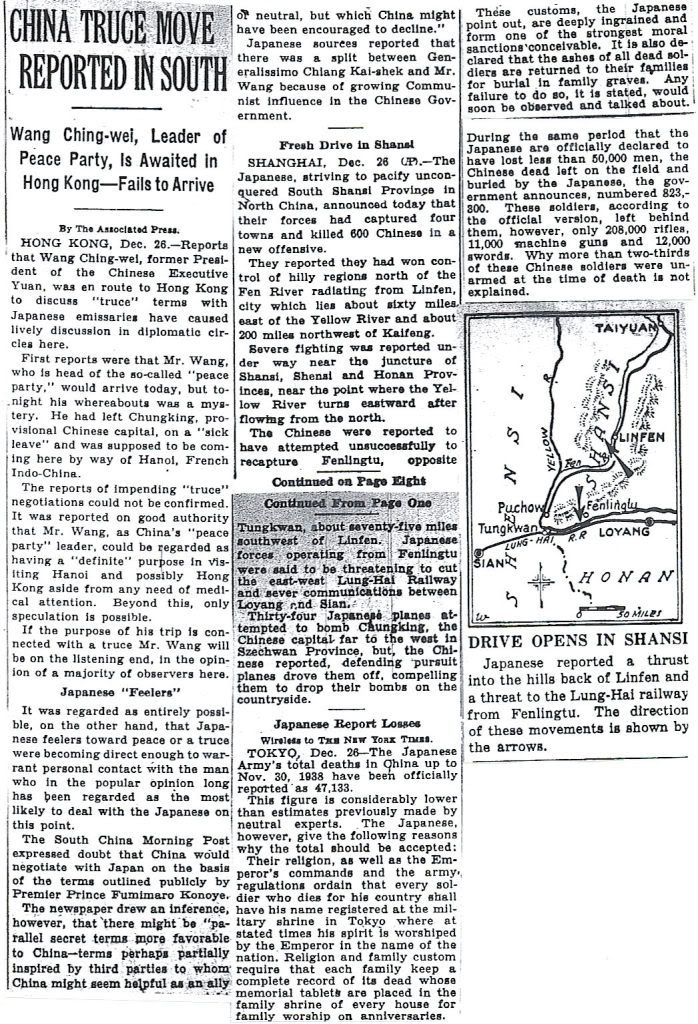
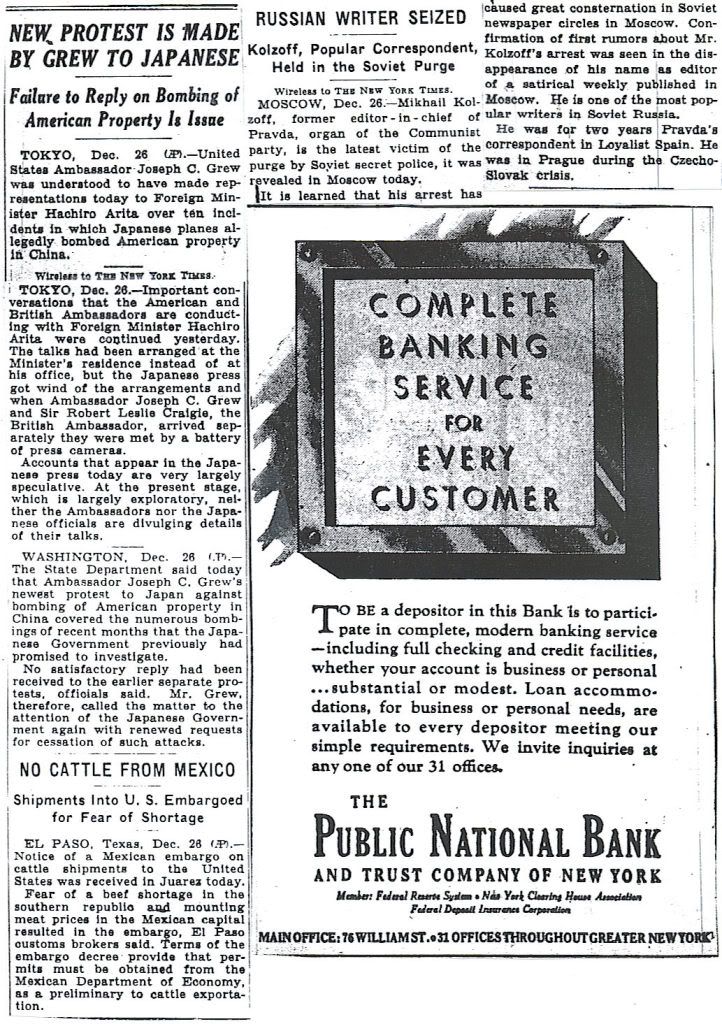
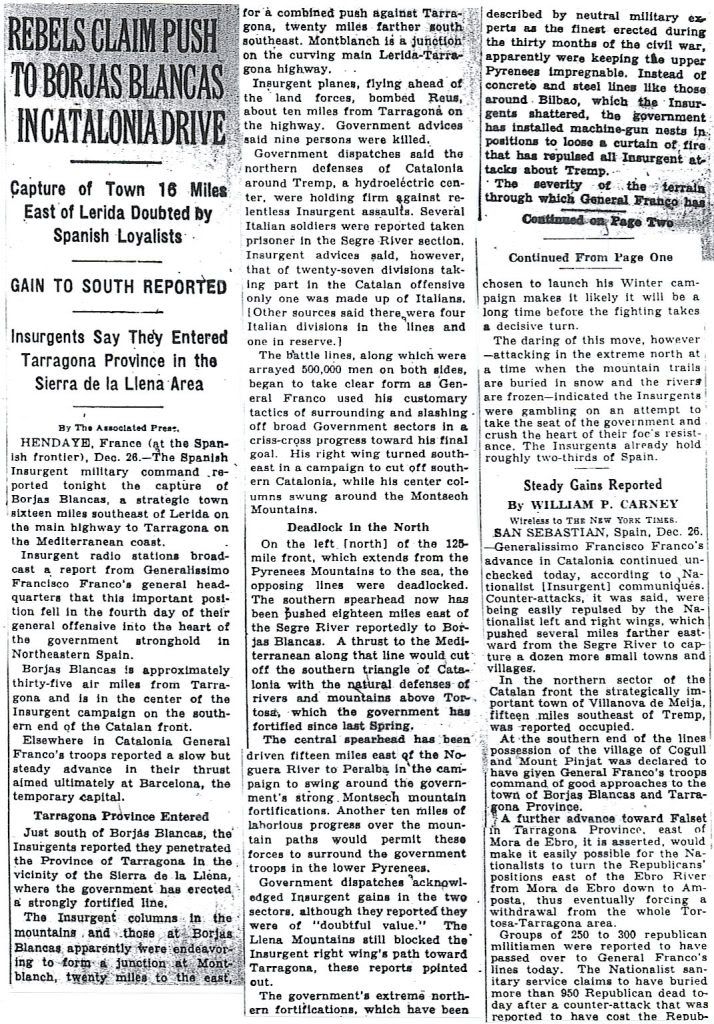
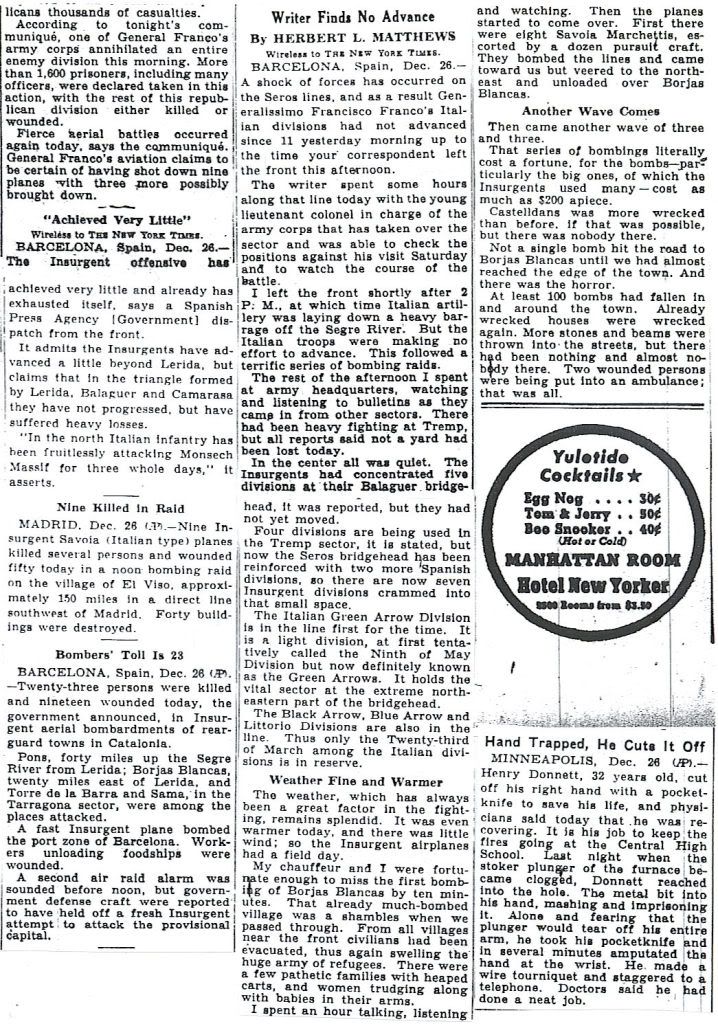
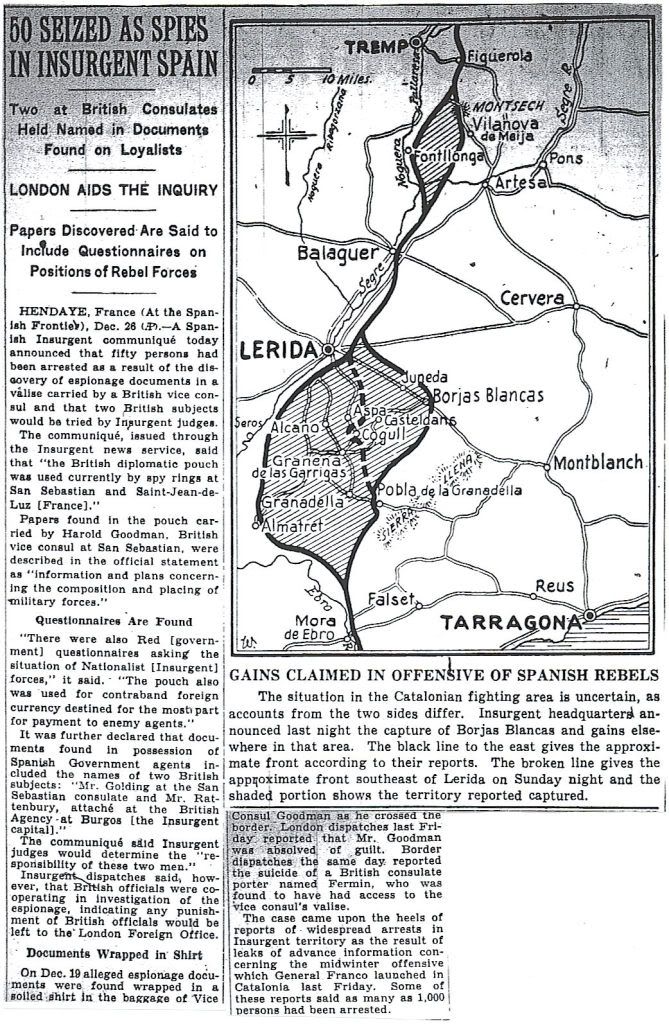
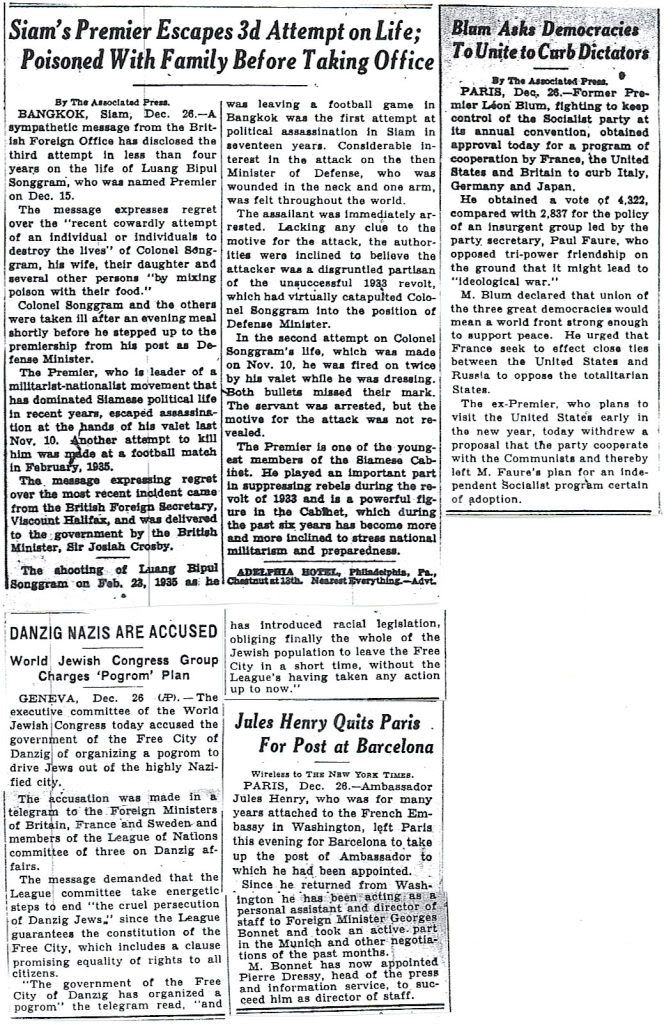
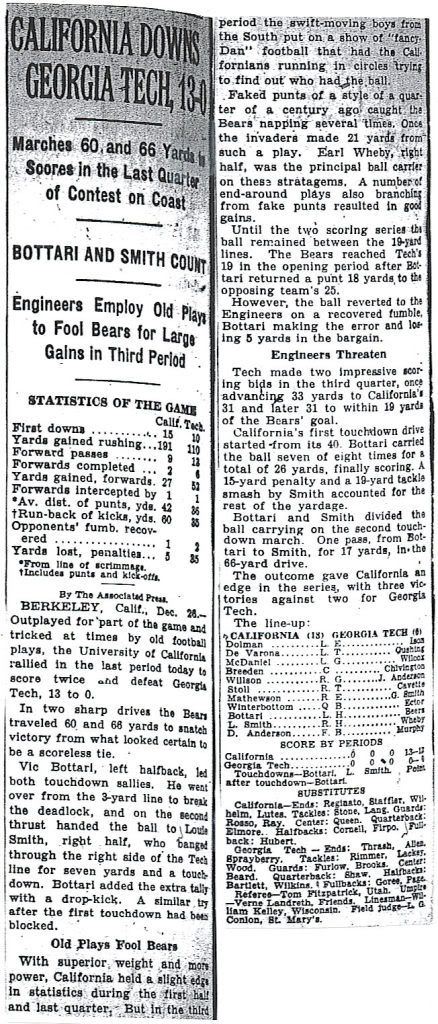
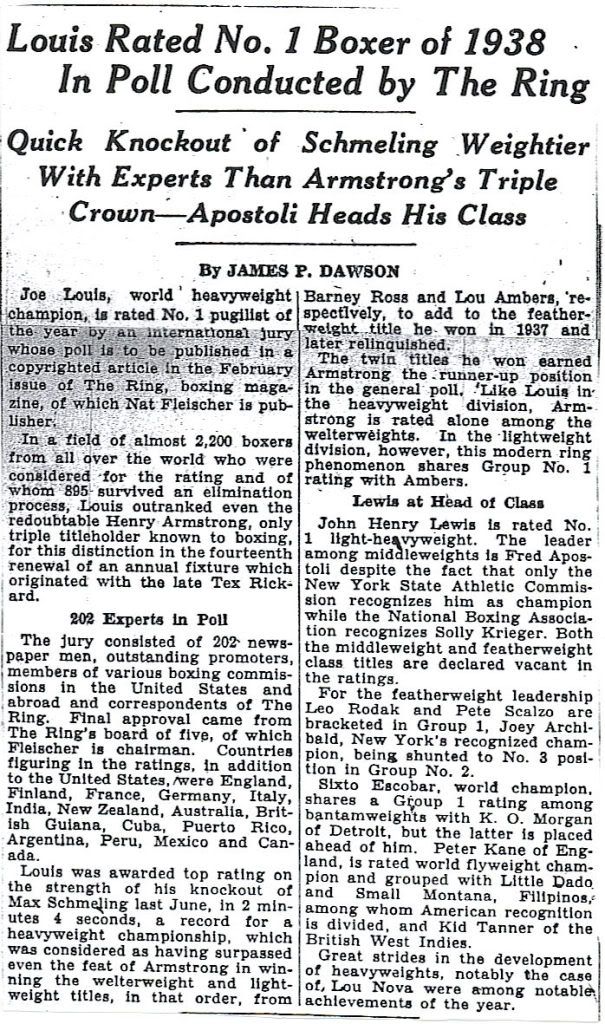
Stewarts weren't on the scene in 1938. They were actually quite good for a light tank (if a light tank can ever be good) and as the M5, they stayed in production until 1944. See this thread from a few years ago:
http://www.freerepublic.com/focus/f-vetscor/1120877/posts/posts
Thank you so much...
And crumbs...I more than thank you. I have her book and read it years ago. I forgot about that passage. I am pulling out her book and rereading it right away....
Thank you for the push. I really needed it.
A fairly close family friend was a tanker (Sergeant) at the Battle of the Bulge. Great stories!
1. if major christmas belived this, he must also believe in santa claus.
2. grants weren’t bad for their time. they couldn’t go head-to-head against a MK-IIIG in the desert but rommel tended to keep his tanks behind a screen of at guns when on the defense. the grant 7.5cm had the range and high explosive rounds to take out the at guns, something the british tanks lacked with their 2-pounders.
My father had a similar job—he was a Staff Sergeant, in charge of a platoon of five tank-retriever wreckers, assigned to the 3rd Armored Division.
He tells similar stories of pulling Shermans off the battlefield, and in some cases the remains of the crew were still inside. Many of the damaged tanks leaving the maintenance company got a fresh paint job on the inside, to cover up fire and bloodstains.
A maintenance officer in the division named Belton Cooper wrote a book on his experiences back in 1998. It’s called “Death Traps,” and it does an excellent job of recounting the unit’s tank losses during WWII. As I recall, the division landed in France with 232 Shermans; over the next 11 months, they lost over 700 tanks, a cumulative loss rate of more than 600%.
Cooper puts much of the blame on George Patton, who favored the lighter, faster Sherman over the heavier M-26 Pershing, which was armed with a 90mm main gun. Patton argued that armored forces were supposed to drive deep into the enemy’s rear, so you needed a fast tank that could be easily maintained. But to achieve that breakthrough, you still had to slug it out with enemy tanks, and in those engagements, the Sherman was at a decided disadvantage.
Did anybody notice the story above about the guy who amputated his own hand when he got it stuck in a school furnace? He had to cut his hand off with a pocket knife to free himself and according to the reporter, he did a "neat job" of it.
Are you doing the Sunday morning talk show thread?
As of 1937 or so, the Russians had T-26 Light Tanks and the Germans Panzer I and II Light Tank, neither of which was very formidible. You would want to compare the M-2 Light Tank to these. The M-3 (Jeb Stuart) Light Tank came a bit later.
Soon, the Russians would have T-34 Medium Tanks, the best medium tank of the war, and the Germans would have Panzer III Medium Tanks, a servicable tank. You would want to compare the M-4 (Sherman) tank to these.
The Panther tank was something between a Medium Tank and a Heavy Tank. If the T-34 wasn’t the best overall tank of the war, this one was.
Most Panthers were deployed on the eastern front, and the Rusians quickly upgunned their T-34s and augmented their units with “tank destroyers” to counter the threat.
On the western front, the allies had no good response. The allies thought the Panthers would be limited in number, and not require more than ad hoc responses when they were encountered. In France, where we were confronted by hundreds of them, our M-4s were completely over-matched.
The Panther had two great advantages over our M-4: Stand-off range (they could kill our tanks at distances over which our tanks could not kill them) and frontal armor (a round fired by the Sherman just bounced off the front of the Panther).
The main strategy to defeat the Panther was to swarm one with four or five Shermans, the goal being to get in close for a side shot. Usually, this meant sacrificing one or two of our tanks for the kill.
In the Battle of Normandy this strategy evolved to the point of systematically recovering Shermans that had been knocked out, and putting them back into service. We were able to implement this strategy because of the familiarity of so many Americans with automotive equipment, from cars to tractors, and - of course - because of the unbelievable courage of the soldiers who manned our tanks.
Treadhead ping.
When deployed as intended they could. The German strategy for tanks was as a main assault platform to be supported by mechanized infantry. The Sherman's role was opposite. It was a mass produced, highly reliable platform, when coupled with US air superiority, intended to support infantry. It was never designed or intended for a heads up confrontation with panzers like the T-34 was.
Yes the Sherman stunk but the Germans had one advantage over the Allies. They could ship their tanks by rail. We had to use LSTs which eliminated the possibility of Tiger-sized monsters.
Incidentally, I just checked a history of The Second Armored Division by Donald E Houston which confirms my memory (on p 292) that when the Germans defending the Siegfried Line were slaughtering the Shermans the 2nds commanding general Harmon brilliantly ordered a motorized cavalry charge — by light tanks armed only with 37mm guns. The lights charged so fast the German gunners couldn’t track them, panicked and fled their positions.
So there’s a little known fact: the first breach of the Siegfried Line (September 1944) was carried out by tanks much smaller and lighter than Shermans. (The rear doors to the pill boxes were no match for the 37mms.)
Of course, it’s better known that on Christmas Day 1945 the Second Armored wiped out the German Second Panzer Division. They had 155mm anti-tank guns do what Sherman’s couldn’t.
What beat the German tanks was our tank production lines, not the quality,the quantity.
Another interesting point is that we turned our tank production over to auto companies who were used to producing large quantities of vehicles. The Germans turned theirs over to locomotive and other large, low-unit manufacturers and got swamped by the Soviet and U.S. production lines as you mentioned.
The decision to use gasoline was that it simplified the supply problem - to the disadvantage of the crews. Not having "wet" storage for the ammo was another one and when hit, the Shermans immediately "brewed up". Because of that, they were referred to "Ronsons" ("light on the first try" commercial) and "Tommy Cookers" by the Germans.
One on one the Germans had the better tank, but against 15 to 1 it was a losing battle.
History Channel, I believe, had some Sherman tankers tell about four or five ganging up on one Tiger, attacking them from the flanks and distracting their gunners (who were busy blowing up the Shermans) until one could get in the rear where the armor was lighter so the feeble 75MM could punch through.
There was another guy on History Channel who had to refurbish those shotup Shermans who said you could never get the burned flesh smell out, no matter how hard you tried to cover it with fresh paint, etc. When the new crews asked about the "funny smell" he lied and said it was the electrical system. One Helluva memory to carry after the war.
The description of French tank tactics (’40 to 80 over 1000 yards of front’) demonstrates why the French were overrun by the Panzer attack.
Haven’t missed one in 9 years.
In 1938 war between the USA and Japan was unthinkable.
I knew Belton Cooper - great man.
IIRC the Germans called the Sherman the "Ronson" -- after the cigarette lighter.
The military's version of the Ford Pinto.
NO cheers, unfortunately.
Thanks for bringing this up!!
Cheers!
Awesome. Thanks!! I always read them before the shows to figure out who to watch.
I woke up thinking it was Sunday! Too much vacation can do that to you.
Disclaimer: Opinions posted on Free Republic are those of the individual posters and do not necessarily represent the opinion of Free Republic or its management. All materials posted herein are protected by copyright law and the exemption for fair use of copyrighted works.